Your location: Home > WORK LIGHTS > PREMIUM WORK LIGHTS > DEEP REFLECTOR OPTICS LIGHT
When we think of LED optics, we tend to think of the clear plastic lenses that are placed on top of the LED chips to focus or spread the light. But let's take a step back and look at the LED chip itself, over some diodes, have you noticed that there is a small protective dome? That is called the primary optic which serves as protection and to shape the output of the small diode. Facing in one direction, the light coming out of the LED chip's primary optic is very broad, lacking intensity over distance. It is obvious when you are losing that much light output over the spectrum, that a secondary lens or optic is needed to intensify the light and use the brightness and efficiency of the LED chip to their full capacity. This is why most LED work lights or LED light bars use secondary optics like reflectors to collect all the light and magnify its intensity towards the target.
LED Chips Need to Focus
Secondary optics are used to collimate the light rays into a controlled beam that will bring that full intensity to the area you aim for. Even though it is impossible to make the light perfectly parallel, collimated light still needed to be ray spread in parallel.
The Size of LED chip & Depth of Reflector Optics Matter
The ratio of the size of a LED chip to the depth of the reflector determines the beam angle. If you want a narrow beam coming from the LED chip then the emitter needed to be small and the optic needed to be deep, because advanced smaller emitters give out high-intensity light and deep reflective optics enhance illumination distance by reflecting more light forward, not toward other directions.
The Deep Reflectors
Creating lenses and reflectors for LED chips is much different than just scaling them down from other light sources. This might seem like a logical way of creating them, as LED chips have much smaller form factors than other light sources, but they also differ in how they emit light. As you can see from incandescent bulbs, they illuminate at 360 degrees, but LED chips are directional lighting, illuminating only 180 degrees maximum. This is attributed to the design of a LED chip, as you know, a light emitting diode consists of one or more dies, mounted on a heat-conducting material, with the primary optic enclosing the die. Therefore, the maximum angle LED chips can emit is 180 degrees as the substrate is on the back side of the die. How well they collect and collimate the light depends on the shape of the optics. With chip-on-board arrays or emitters, they emit such a large area that the only real solution is to surround them with a deep reflector.
The OGA Deep Reflector Optics Design TR1 Series OSRAM LED Work Lights
Combining OSRAM LED chips of different power to create a balanced amount of forward-projecting light and side-projecting light, the TR1 series deep reflector optics are specially designed to project the light at unmatched distances while achieving increased foreground lighting coverage around the vehicle. For more information please check out the product below. If you are interested in partnering with us, ask for samples and get a discount for bulk purchases. More
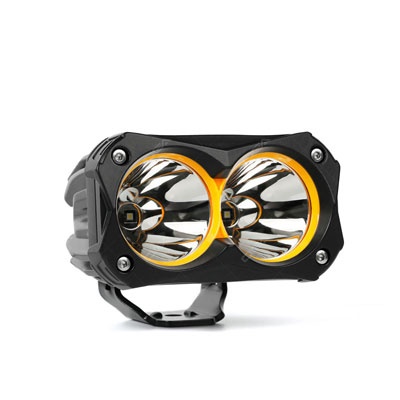 SKU# 6T431A
SKU# 6T431A
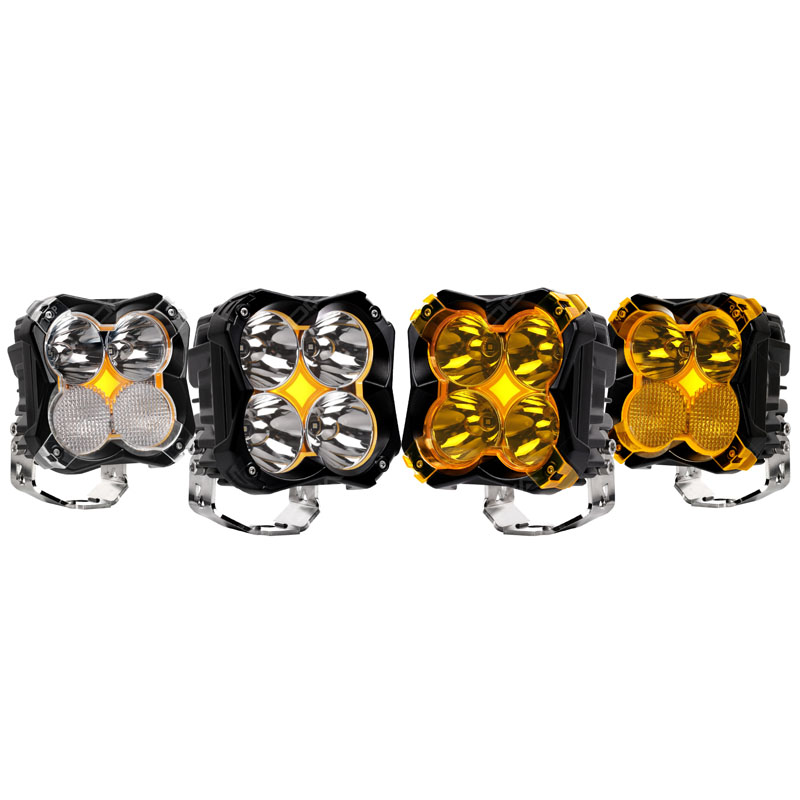 SKU# 6T53B0
SKU# 6T53B0
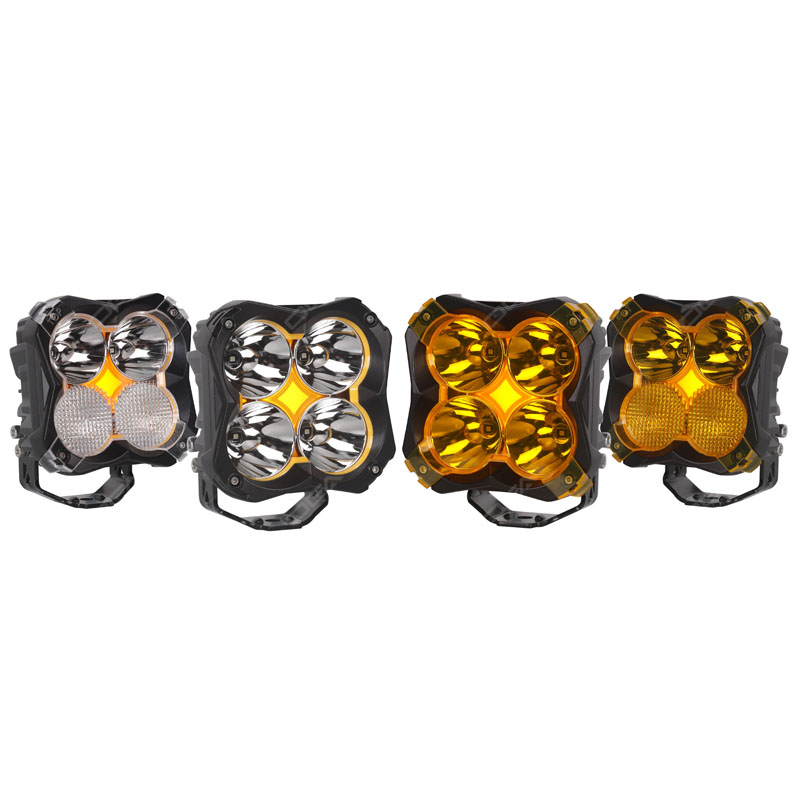 SKU# 6T53BA
SKU# 6T53BA
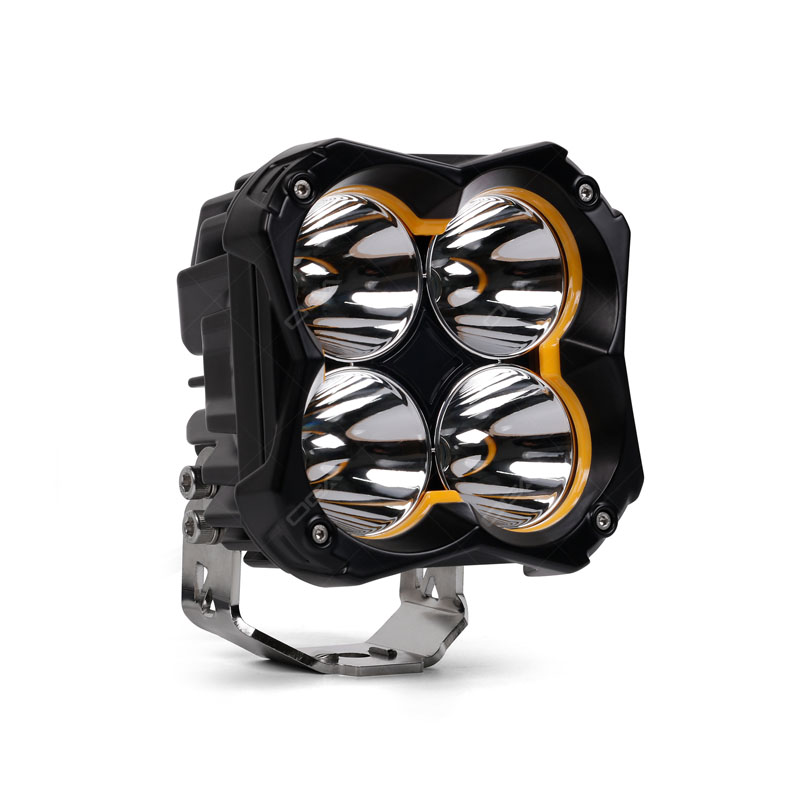 SKU# 6T5310
SKU# 6T5310
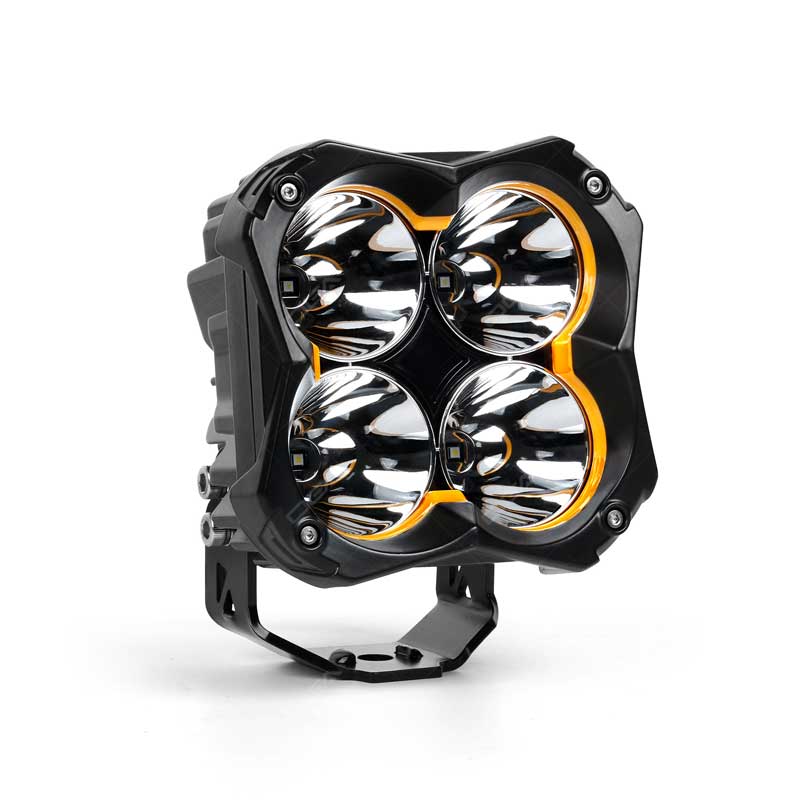 SKU# 6T531A
SKU# 6T531A

